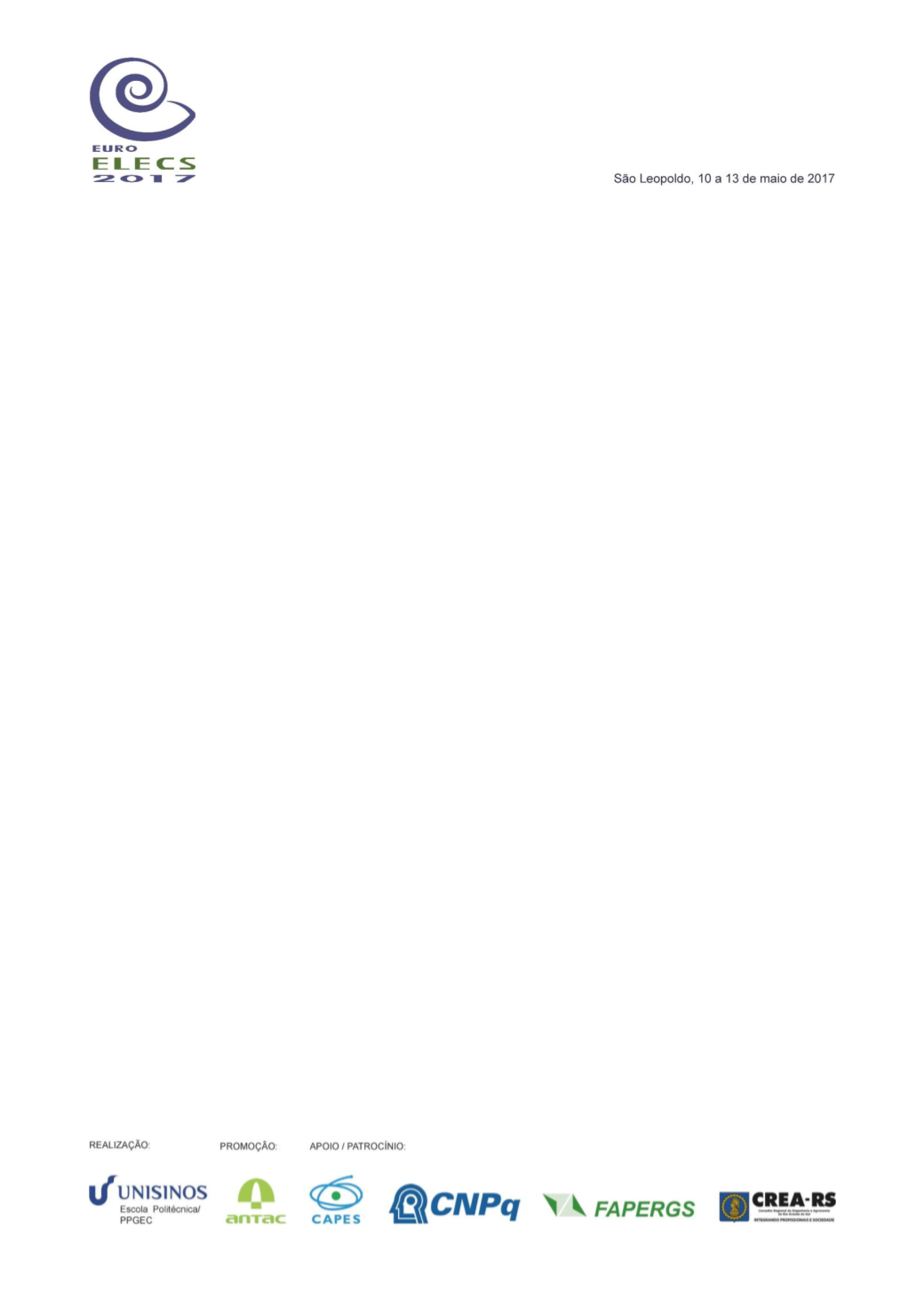

1179
383. MICROGERAÇÃO DISTRIBUÍDA: ANÁLISE DE VIABILIDADE
ECONÔMICAE FINANCEIRA PARAPROJETOS RESIDENCIAIS
DIAS, Natália Araújo*
1
(nataliaufes@gmail.com); LAGO, Jardel¹
(jardellago@gmail.com); FELIPE,
Ednilson
1
(ednilsonfelipe.ufes@gmail.com)1
Universidade Federal do Espírito Santo (UFES), Brasil
*
Autor correspondente
RESUMO
A crise hídrica instalada às vésperas de 2015, principalmente na região Sudeste, refletiu em
reajustes de tarifas sobre a energia elétrica em todo o país, como forma de compensar as perdas
do setor energético e distribuir os custos de ativação de usinas termelétricas. A dependência
nacional da fonte hidráulica somada à crescente demanda por eletricidade, destaca a utilização de
outras fontes renováveis como alternativa energética promissora. Nesse sentido, este trabalho teve
como objetivo identificar a eficácia dos incentivos à micro e mini geração a partir do estudo da
viabilidade econômica e financeira de um sistema residencial de geração fotovoltaica. Foi
identificado que na região Sudeste o consumo residencial predominante é de até 200 kWh/mês e
então o sistema proposto foi 1,5 kW de potência instalada e dimensionado de acordo com o
preconizado pelas Resoluções Normativas da ANEEL. A irradiação solar local foi obtida por meio
do software SunData. Para avaliação econômica foram utilizados os indicadores Valor Presente
Líquido e
Payback
. O investimento, apesar de ter apresentado um VPL positivo, apresentou-se
inviável economicamente pois o retorno financeiro se dará a partir do 23º ano de investimento.
Barreiras regulatórias, tecnológicas e de viabilidade econômica-financeira ainda impedem a efetiva
difusão social dos sistemas fotovoltaicos de microgeração.
Palavras-chave:
microgeração, energia renovável, energia fotovoltaica, suficiência energética,
viabilidade econômica.
DISTRIBUTED MICROGENERATION: ANALYSIS OF ECONOMIC AND
FINANCIAL VIABILITY FOR RESIDENTIAL PROJECTS
ABSTRACT
The water crisis installed on the eve of 2015, mainly in the Southeast region, reflected tariff
readjustments on electricity throughout the country, as a way to compensate the losses of the energy
sector and to distribute the costs of activation of thermoelectric plants. National dependence on
hydroelectric power added to the growing demand for electricity highlights the use of other renewable
sources as a promising energy alternative. In this sense, the objective of this work was to identify
the effectiveness of the micro and mini generation incentives from the study of the economic and
financial viability of a residential photovoltaic generation system. It was identified that in the
Southeast region the predominant residential consumption is up to 200 kWh / month and then the
system was proposed to supply a monthly demand of 1.5 kW and dimensioned according to ANEEL's
Normative Resolutions. The local solar irradiation was obtained through SunData software. For
economic evaluation, the indicators Net Present Value and Payback were used. The investment,
despite having presented a positive NPV, was not feasible economically because the financial return
will be given after the 23
rd
year of investment. Regulatory, technological and economic-financial
viability barriers still impede the effective social diffusion of microgeneration photovoltaic systems.
Keywords:
microgeneration, renewable energy, photovoltaics, energy sufficiency, economic
viability.


















